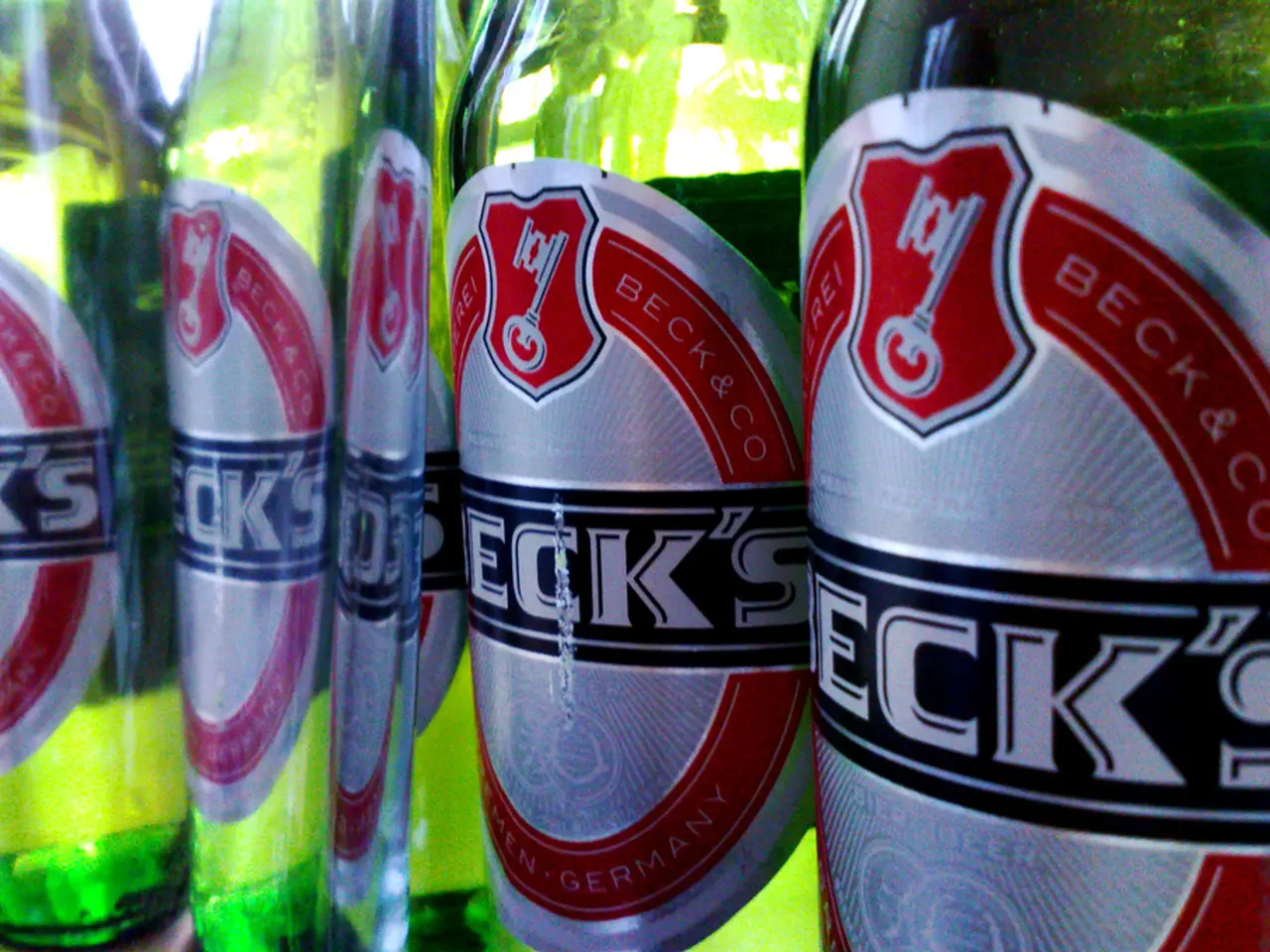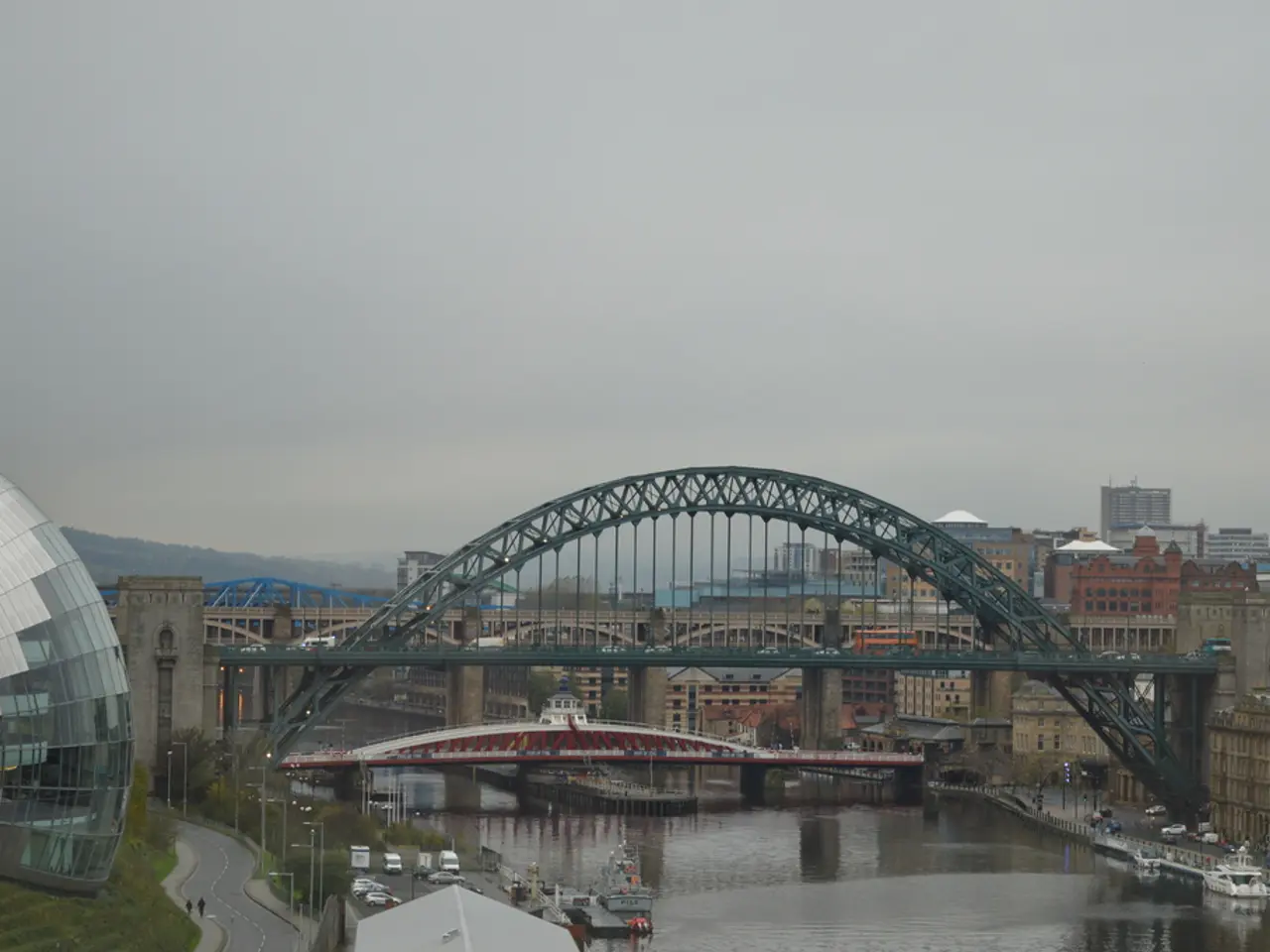Greenhouse Gas (GHG) limits legislation proposal expands avenues for green hydrocarbons in transportation industry
In a recent statement, the German Liquefied Gas Association (DVFG) has expressed its concerns and key points regarding the practical and fair implementation of the Second Law, aimed at further developing the greenhouse gas (GHG) reduction quota in Germany.
One of the primary concerns raised by the DVFG is the need for a mass balancing system. This method ensures accurate accounting of biofuels and renewable fuels, particularly in mixed fuel systems. The association emphasizes the importance of clear and streamlined processes for mass balancing to avoid administrative burdens and ensure fairness in tracking GHG reductions.
Another crucial point is the harmonization of GHG quotas with product availability. The DVFG advocates for aligning quotas with realistic supply chain capabilities to avoid creating unrealistic targets that cannot be met. Concerns include the potential for market distortions if quotas outpace supply, leading to higher costs or unfulfilled commitments.
The DVFG also supports setting feasible timelines for implementing new regulations, allowing industries sufficient time to adapt to new technologies and processes without disrupting operations. Overly aggressive timelines could lead to compliance challenges, economic strain, or unintended environmental impacts due to the rush to meet deadlines.
Moreover, the DVFG calls for consistent regulations across the European Union to ensure a level playing field and facilitate trade. Regulatory fragmentation, where different EU member states have different standards or eligible products, could complicate compliance and trade within the EU.
Liquefied gas, an energy carrier that consists of propane, butane, and their mixtures, is used for heating and cooling purposes, as a fuel (autogas), in industry and agriculture, as well as in the leisure sector. It burns CO2-reduced and low-emission. The DVFG supports quota regulations as a suitable instrument for reducing greenhouse gases and supports the introduction of reduction quotas.
The association also suggests an earlier start for the quota increase, from 2030 as proposed in the draft bill, to 2027 with a low progression to allow a market launch phase in the first four years and maintain the existing target value for reduction in 2040.
The increase in the quota for the availability and market ramp-up of bio-based liquefied gas must be adapted to prevent a looming supply shortage and price shocks for autogas users. Biogenic liquid gas has been available on the German market since 2018, but its availability cannot currently be scaled arbitrarily due to dependence on co-production.
A sector-specific mass balancing system must be recognized for liquid gas to meet the GHG quota. This system enables proof that a certain amount of liquid gas dispensed from a tanker truck is balanced by the same amount of biogenic liquid gas used elsewhere in the same sector.
The DVFG is also calling for harmonization of GHG quotas with market availability and the elimination of a national restriction on the selection of eligible products, which could lead to market distortion and bureaucratic hurdles.
For further information, please contact Olaf Hermann, the press contact for the German Liquefied Gas Association, who can be reached at the provided phone numbers and email address.
- The DVFG advocates for a sector-specific mass balancing system for liquid gas to accurately account for biofuels and renewable fuels, particularly in mixed fuel systems, and to ensure fairness in tracking GHG reductions.
- In line with their concerns, the association also suggests the harmonization of GHG quotas with market availability, aiming to prevent market distortions and eliminate national restrictions that could lead to bureaucratic hurdles.
- As part of their emphasis on finance and industry, the DVFG supports the use of environmental-science and climate-change strategies in the development of the energy sector, including the introduction of reduction quotas to reduce greenhouse gas emissions.




